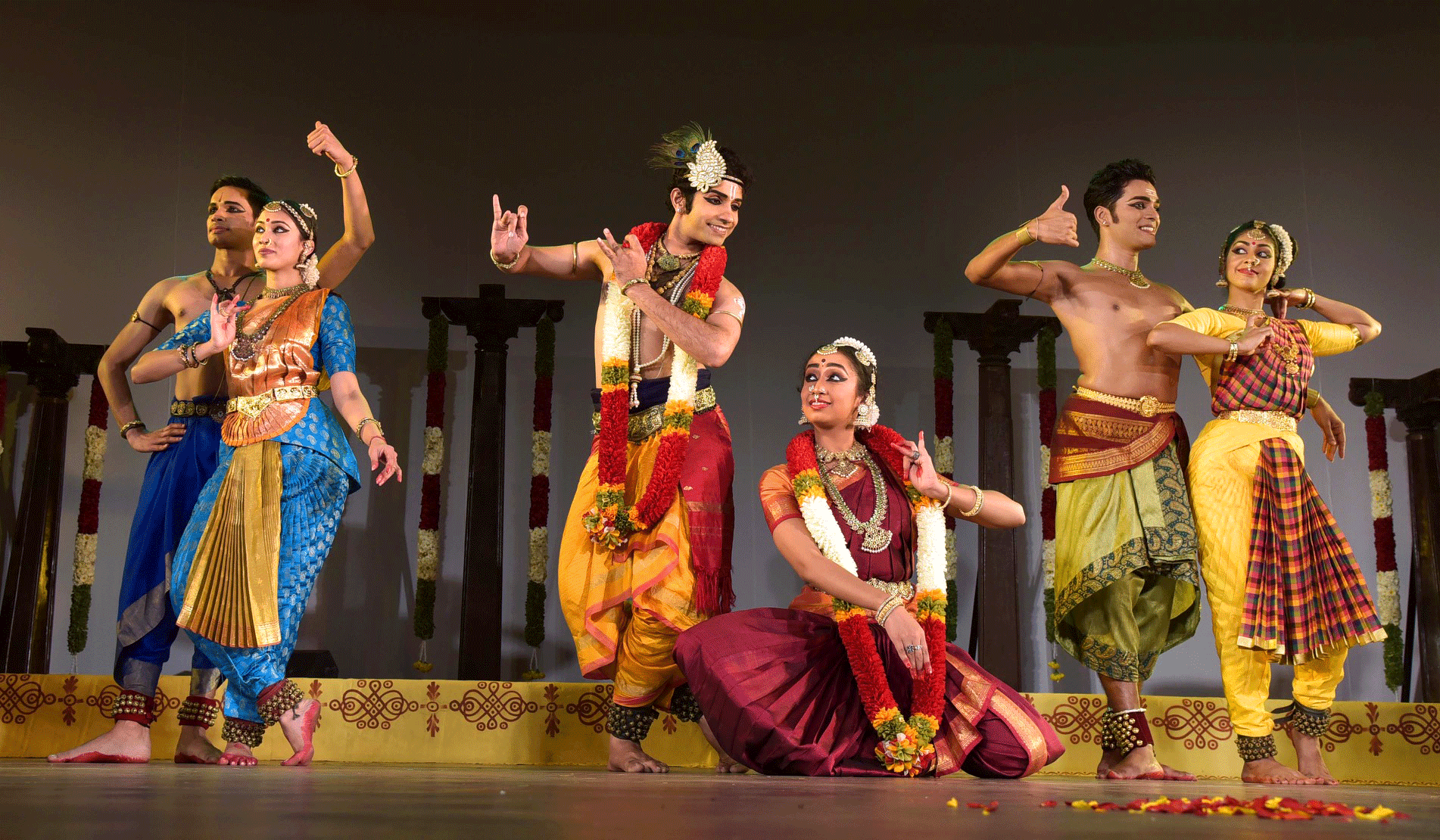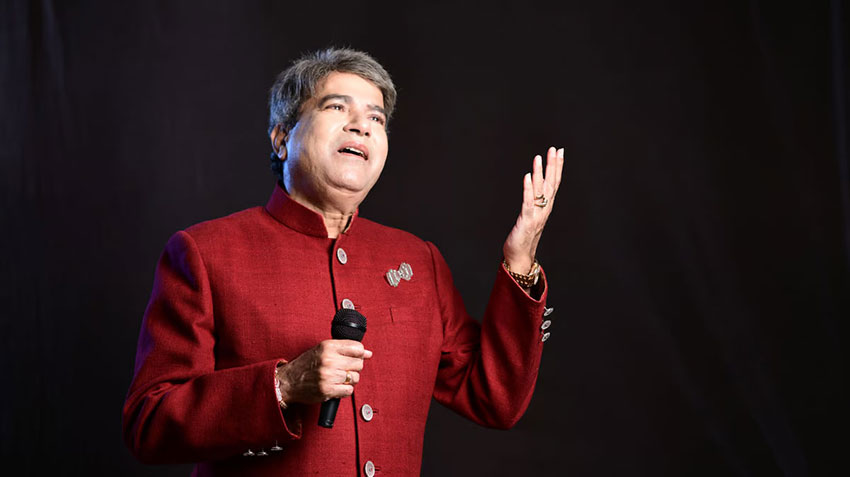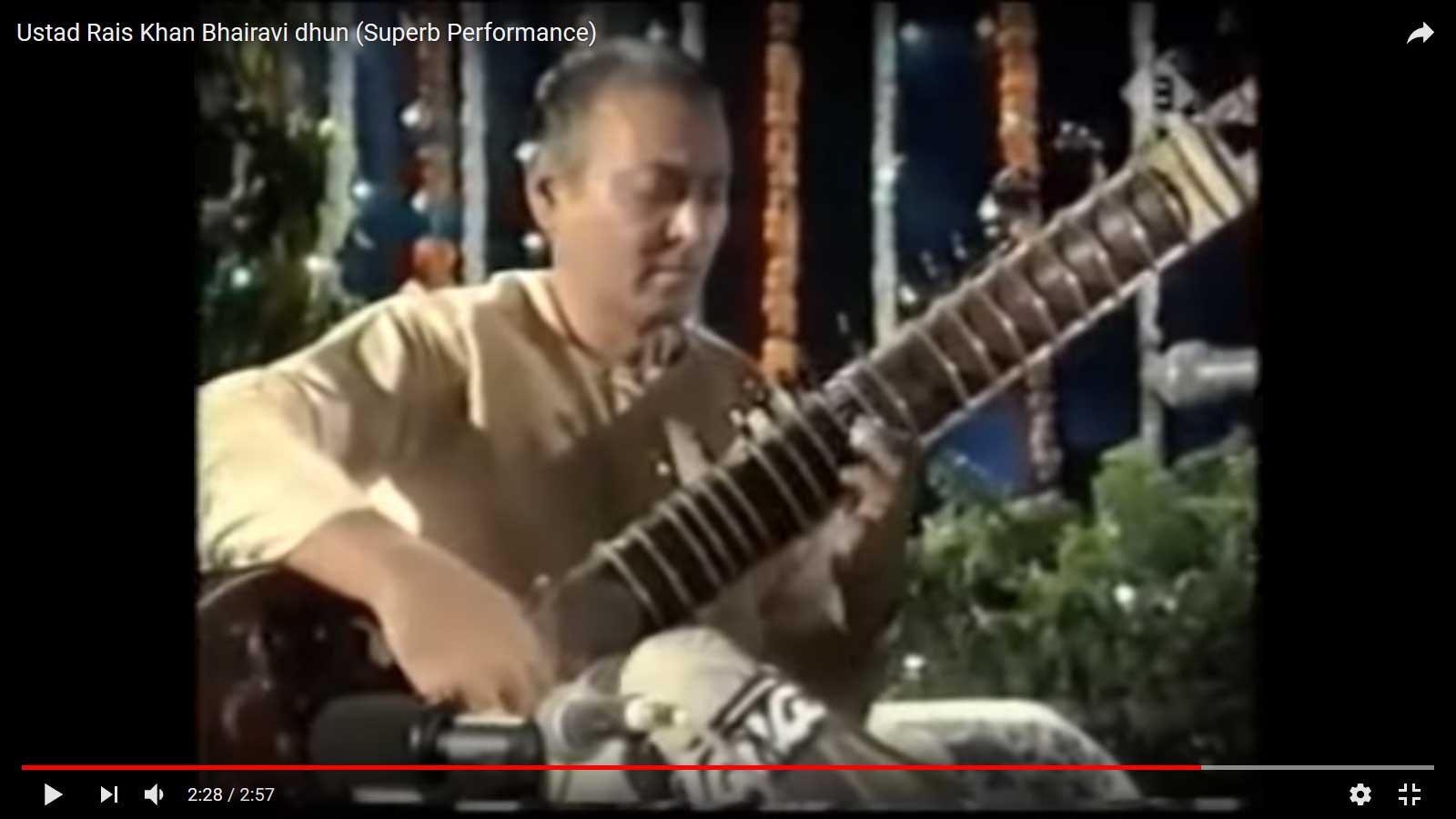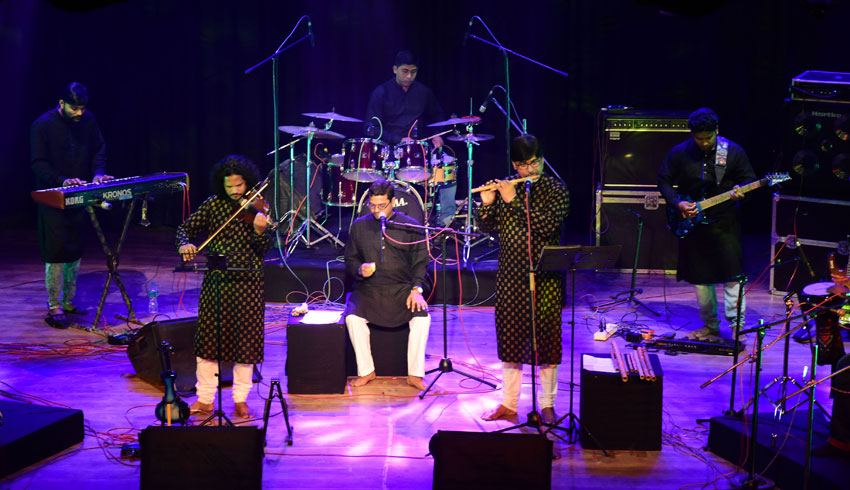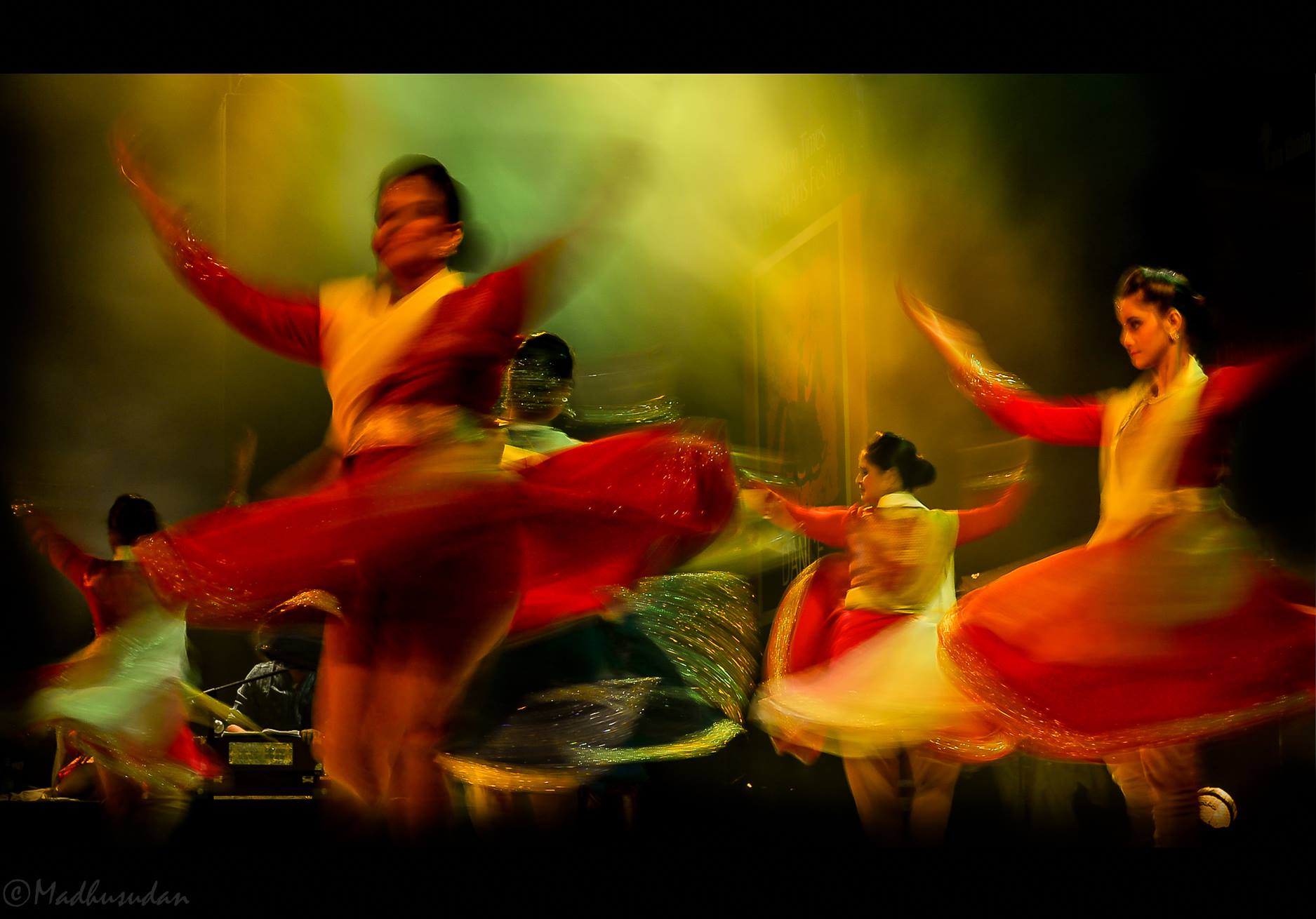In the middle of divorced ideas of North and South, Bani’s, styles, personality clashes, Usha Rk celebrated union of hearts, hands, lives and lifetimes, though the medium of Bharatanatyam in a two day production titled “Divya Vivaaham”, premiered at the Bangalore Gayana Samaja on the 15th and 16th of February, 2019.

Her idea was celebrating the Hindu wedding rituals that have been marginalised of late. In a society where live relationships have sanction and marriage seems to be only an additional burden of taking on extended responsibilities, she attempted to glamourise and glorify the sanctity of the institution. In an attempt to throw light on the significance and depth of binding two lives through a lifetime event, she chose to portray important rituals through characteristics intrinsic to the divine couples in each episode.
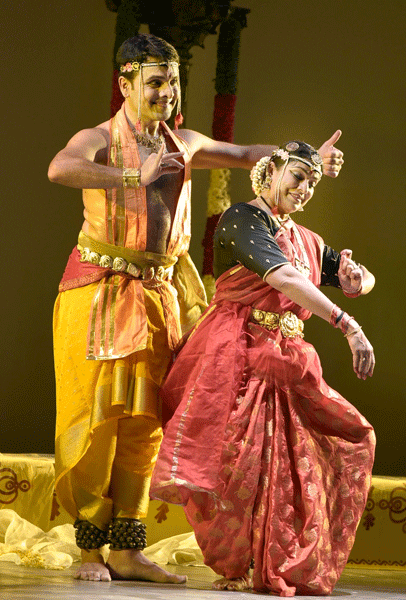
Usha envisioned the opening act with Rati and Manmatha, presented by Arundhati Patwardhan and Parimal Phadke from Pune. Manmatha represented the unity of minds while Rati represented physicality of the union. While Rati and Manmatha argue about who is greater of the two, they soon realised one cannot do without the other and unite. The deft entry of Manmatha and Rati, the variety of hastas used in the depiction of various flowers, their variety of shooting them only added to a fragrant, colourful and vibrant start. Their play with the “Antarpata”, a fabric held between the bride and groom before they see each other at the apt moment was notable. Using a tillana to do this only added to the pace of the production. In the midst of abounding nature, the desire was awakened.
The second act of “Panigrahana” was portrayed through characters of Rama and Sita. Usha had imagined two powerful hands, both that handled the bow of Shiva, that even Ravana could not lift, come together to sustain Dharma. Their opening with the “Pravaram” or traditional identification methodology, was impressive as was the use of Surya and Chandra to depict the dynasties they represented. How gracefully curated the progression of Vivaaha was. First desire awakened, then the eyes met through Kamban’s famous lines. Before the actual coming together of Rama and Sita, Usha envisioned a brief but powerful interaction between Janaka and Sita. While both get emotional about their impending separation, both convince each other on how to be strong. Parental approval and joy at a union were so aptly and effortlessly brought in. What a joy it was to watch experienced and talented dancers- Anand Sachidanandan and Prachi Save Saathi cover every inch of that stage alternating once with agility and strength and once with utmost grace. Through the rehearsals, I watched Usha, visualise the entire production on stage. She instructed artists of this episode to use the ramp even as they were rehearsing. Those unexpected entries and exits added to the impact of this episode.
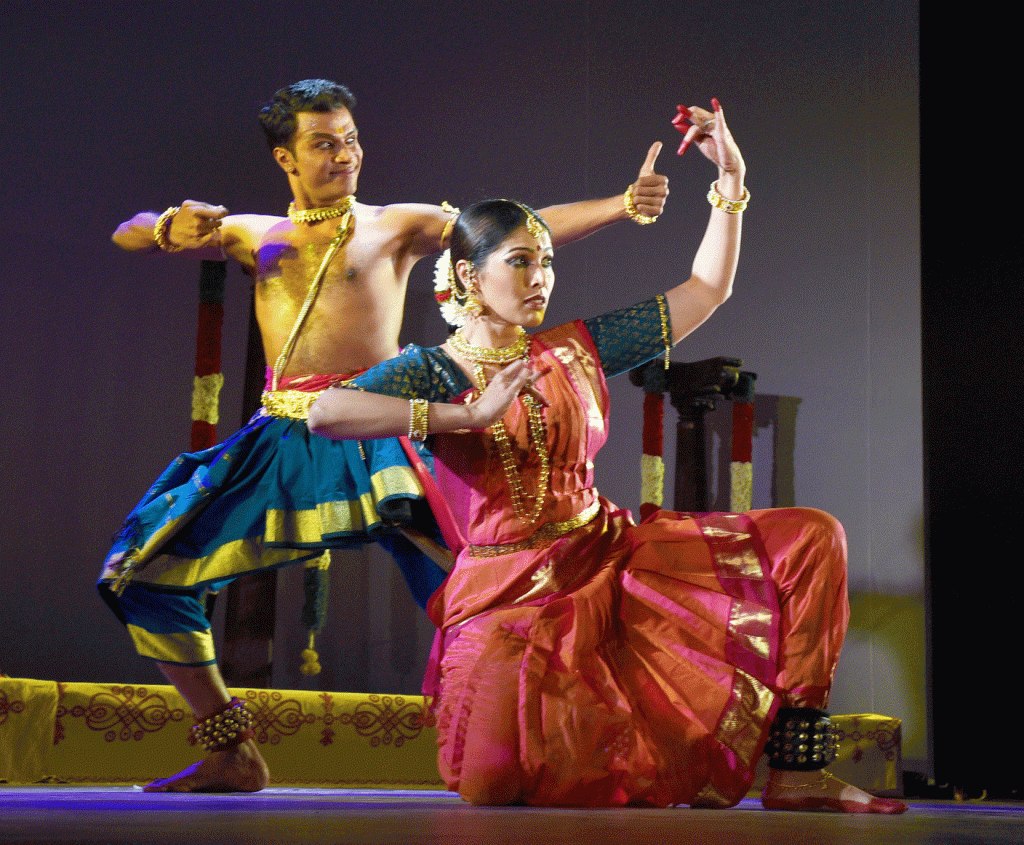
After the “Pani Grahanam” Usha brought to us the most important aspect, the “Mangalya dhaarana”. She intelligently chose Shiva and Parvathi for this episode. She chose a couple that was eternally bonded and one half of each other. Parshwanath Upadhyaye and Shruti Gopal aptly opened this episode with the famed Ardhanareeshwara slokam. A separation ensued after Sati immolated herself. The separation continued after the destruction of Manmatha. After austere penance, Shiva appeared as a Brahmin and the Ninda Stuti that ensued was the highlight of this episode. The applause in the audience was proof that each one of them was transported to the memories of their own wedding as the “Mangalya dharna” happened on stage.

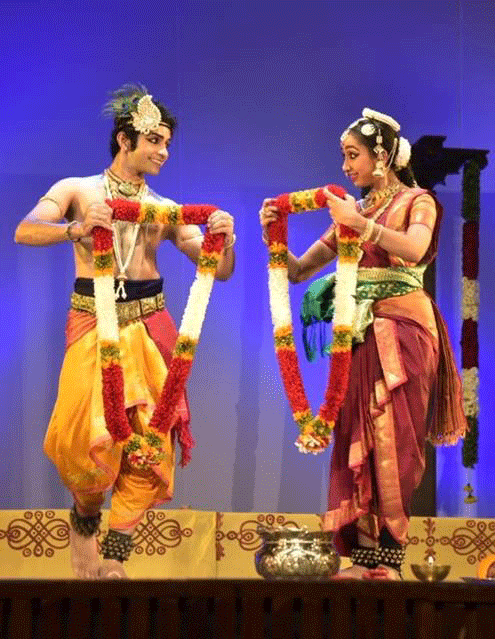
The second day opened with Rasika Kiran and Pavitra Krishna Bhat bringing live onstage the “Jayamala”, or exchange of garlands. Her innocence and his vibrancy and playfulness on stage once again justified Usha’s curating ability. The brisk opening and the sudden slow paced viraha of Rukmini laced with the tension of being married off against her choice, and a joyous reunion felt like riding waves of emotion that transported one to an alternate universe of love and chivalry.
The characters chosen for the “Sapthapadi”, were Draupadi and Arjuna. Their striking costumes were also approved by Usha R.K. as I watched during rehearsals. Her impeccable attention to detail made each couple feel like a whiff of fresh air. Shreyasi Gopinath and Adithya P.V. immediately created a flavour of power with their entrance. They paced out delineation of the seven vows and the steps created an audible silence in the audience who watched with rapt attention.
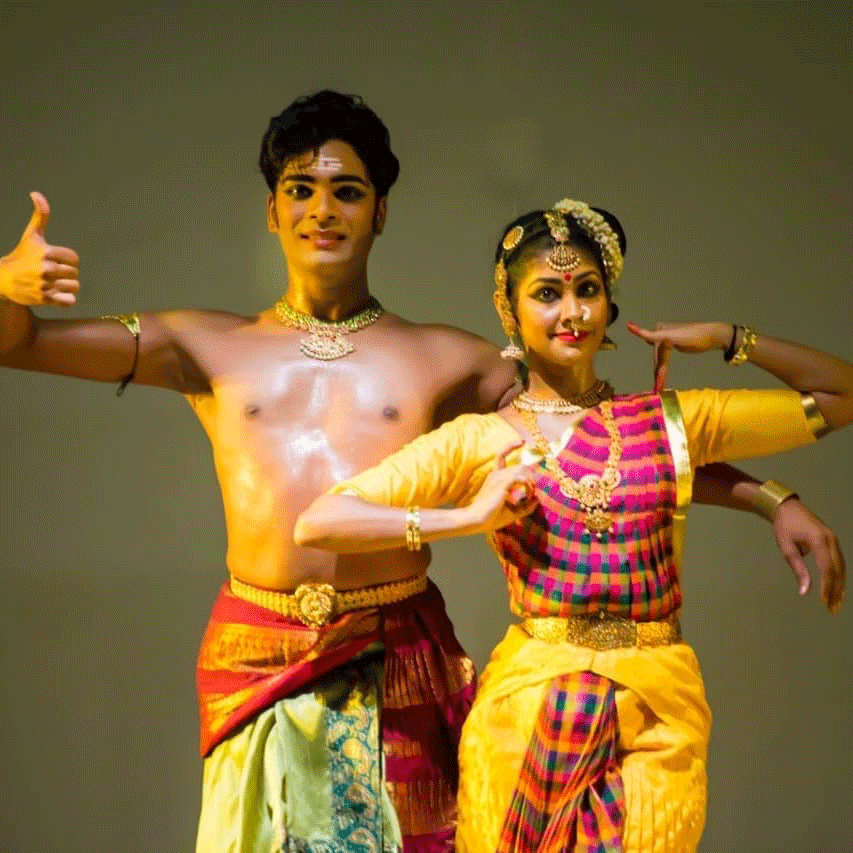
The silence was broken with the humorous and playful entry of Mithun Shyam as Karthikeya and Aditi Sadashiva as Valli to play out the “Nalangu” ceremonies that draw a newly married couple closer to each other through gentle touch planned into games. Their impeccable costuming and comic timing effectively brought out the essence of these post-wedding games that are almost forgotten part of wedding rituals today.
Notable was the progression that Usha had created starting with Divine couples and a very saatvik flavour. She brought the essence of power with a royal couple and then created a very basic relatable war lord and a tribal girl in Valli and Subramanya.
The variety of entrances and exits, and creative storytelling around marriage rituals, apt mantras recited at the appropriate moments, experienced dancers and a sensitive curator made for an overall impactful experience.
What makes Usha R.K.’s productions something to look forward to is the fresh take on content and the push she gives each of her artists to access resource persons and work briefly but effectively on concepts that she takes time and effort to curate in addition to having pan Indian artists come together. The effort not only bring across new productions but also facilitates artists from all parts of the country team up, watch each other’s work, learn and appreciated along with networking for themselves. On an individual note, they have a chance to add to their repertoire and Usha is generous in allowing them to perform what is part of her productions as a take away from the experience.
The team was ably supported by Usha R. K comparing, Ramya Janakiraman on Nattuvangam, Karthik Hebbar and Supriya Raghunandan on vocals, S. V. Balakrishna on the Mridangam and Karthik Satavalli on the Flute.



